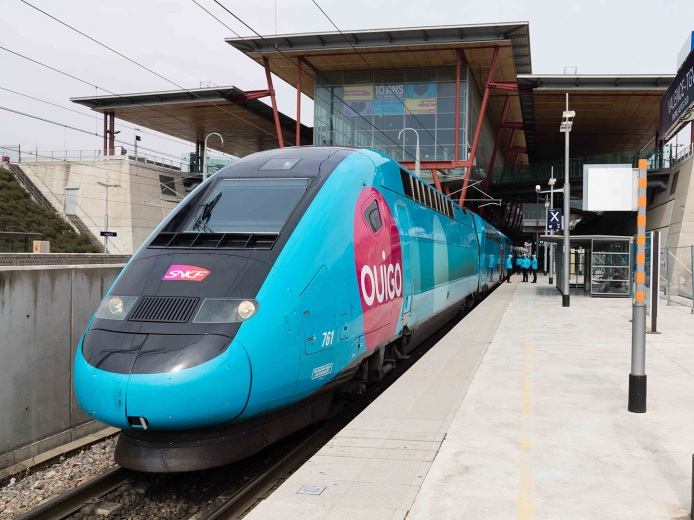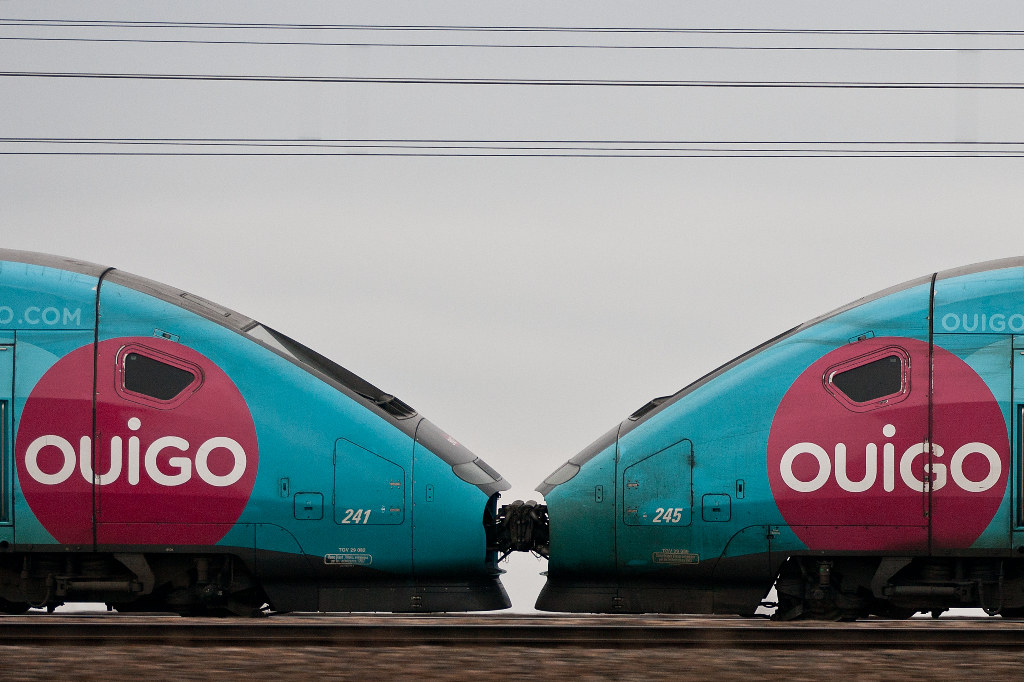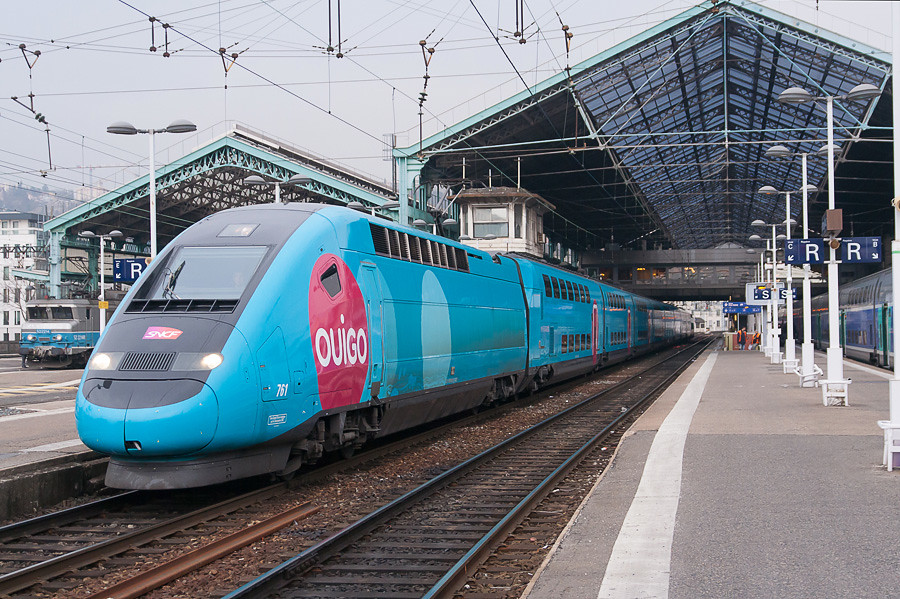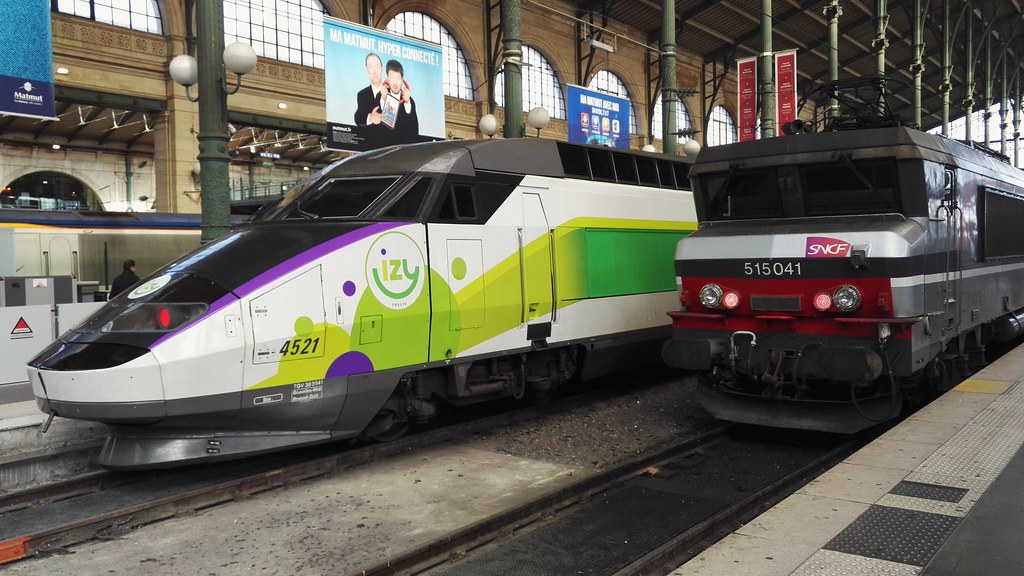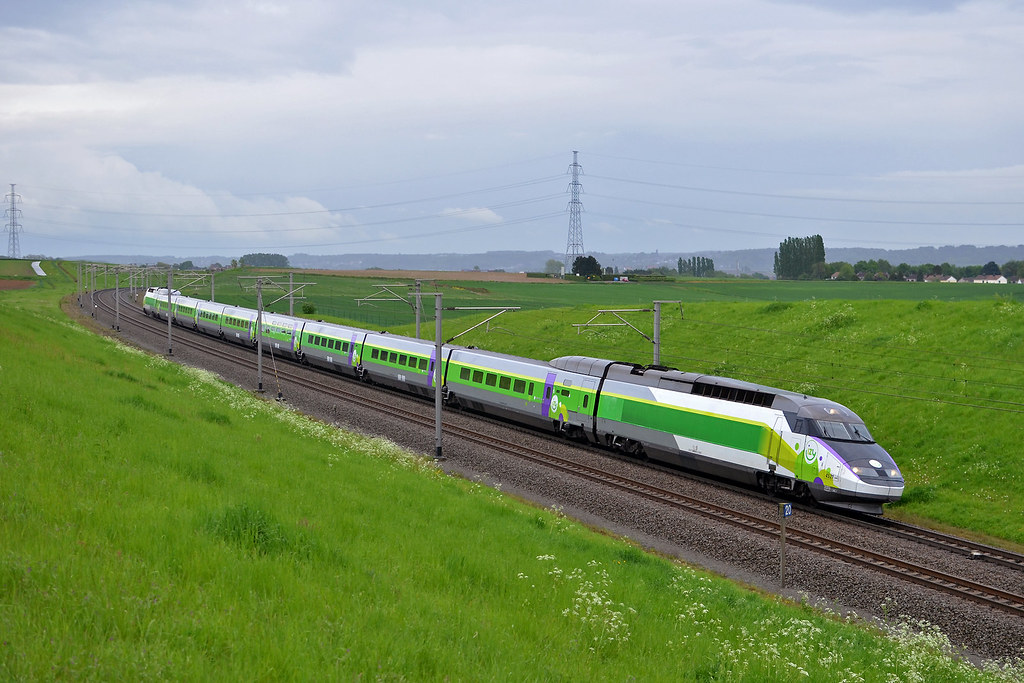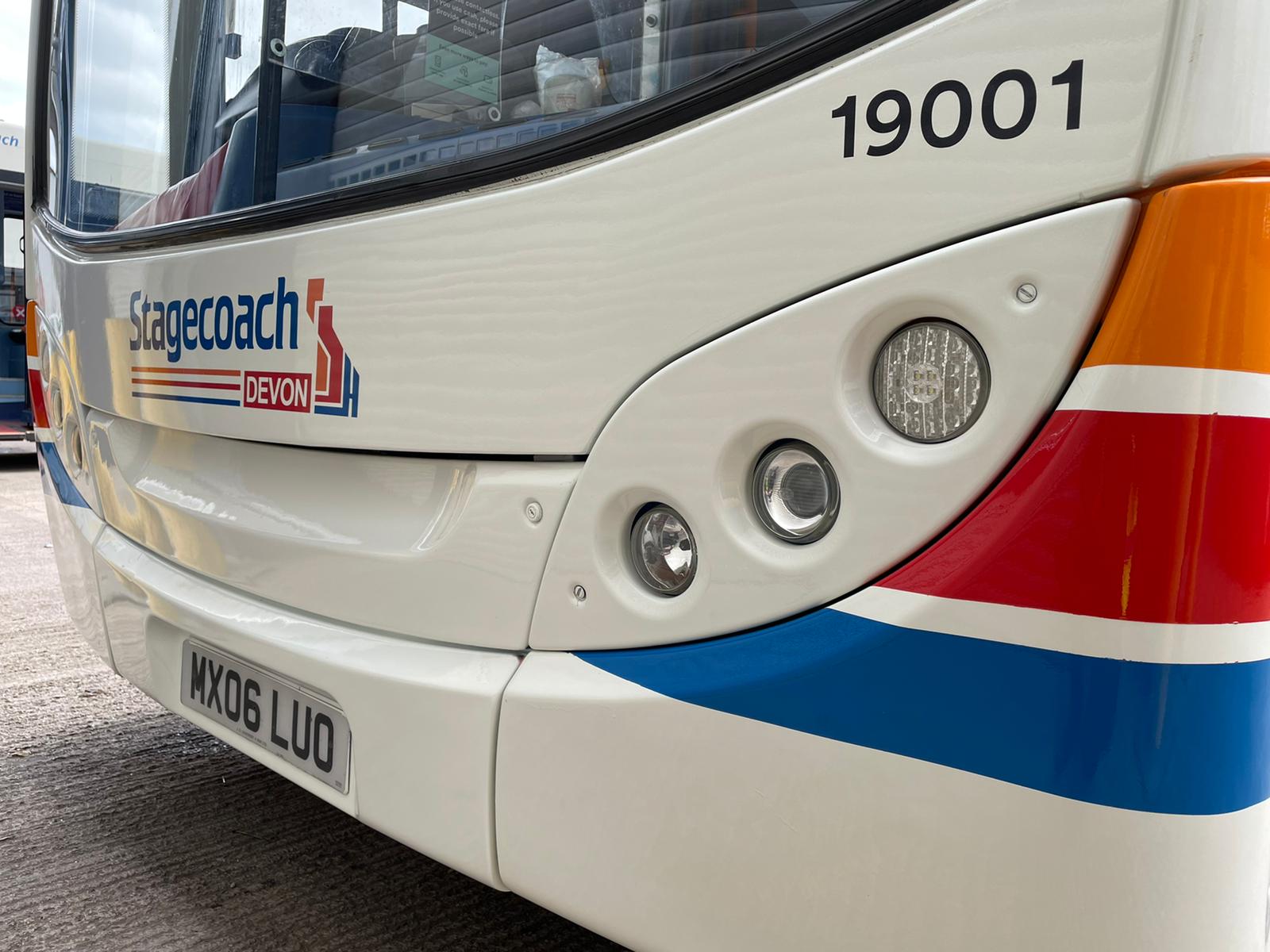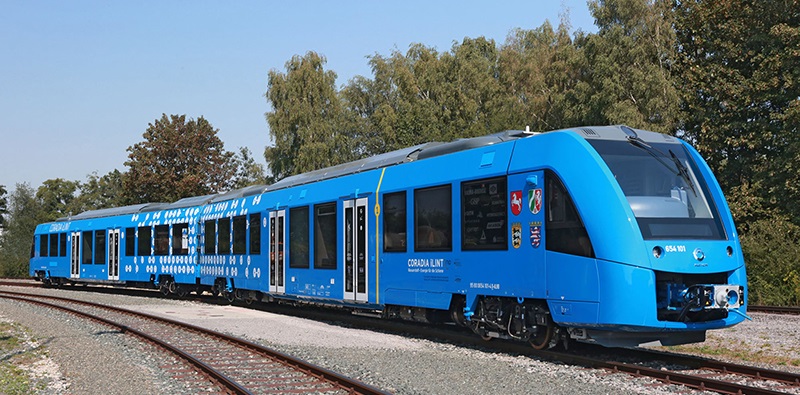Budget airlines are the best. You pay next to no money, get flown for a few hours with your feet around your head and land in an airport miles from anywhere. Yes, I know, I just read that back too. However, despite the obvious shortcomings, budget airlines are a big thing. Ryanair now has one of the largest fleets in Europe and counts itself as one of the world’s biggest carriers. It proves that when it comes to travel, price is often the driver, with convenience coming a distant second.
Europe’s liberalised airline industry (thanks largely to EU ‘open skies’ agreements) means that these sort of carriers thrive, and will do for years to come. But when it comes to Europe’s other ‘high speed’ mode of trans-continental transport, things are a little different. Europe’s high speed rail lines and services have always been run by large monopolies, government owned and set in the ways of standardising timetables, services and fares. So, if budget airlines are cheaper (and seemingly a large proportion of customer only care about price), surely they’d always chose to fly and the train would suffer? Well, a few years back, SNCF and SNCB realised this, and set about an unexpected rail travel revolution… the budget train service. The famous Ghan train is a great way to see Australia
Ouigo
Formed 2013
Parent company: SNCF
In 2013 SNCF (the French national rail operator) trialled a new concept, akin to a budget airline on the rails. With tickets only available online, modified trains with more seats and less treats (no buffet car for example), less staff onboard and fixed luggage allowances, Ouigo (translated simply as “yes, go”) was born.
Operating to and from stations just outside of major French cities (again in a budget airline sense), and stopping at more stations en route, Ouigo provides a truly budget alternative to fast non-stop TGV services. With routes from Marseille in the south, to Nantes in the north west, travelling via Paris and with fares from as little as €10 (kids for just €5), it seems like a pretty sweet deal. If you’ve got the extra time to travel and can make the trek back into the city, from the out-of-town stations it serves.
Branding Ouigo in the right sense was important too. It needed to feel like a ‘value lead’ proposition, but still nice enough that you’d be keen to spend a good few hours in its company.
Ouigo operates a fleet of double-decked TGV trains, capable of running up to 200mph. Fitted out in a bright ‘cyan’ livery along the full set, the circular magenta Ouigo logo dominates the front end, with darker cyan circular motifs dotted further down the lead vehicle. The magenta circle is then also cleverly used to point out the passenger doors down the full length of the train with ‘ouigo.com’ branding present on every coach too. It’s bold, it’s bright, it’s very budget airline-esque, and upon approaching the train itself, it gives the customer a good idea of the value-focused attitude of the brand.
Moving inside the train, seating fits into a 2+2 or 3+1 layout, similar to most British trains, and is allocated firmly to one class of travel throughout. Material colour choices follow the bright outside (which means it can be a little tough on the eyes for a long journey!) and again give a real feel of ‘value’ travel. The choice of overall material finishes mean that it’s easily on par, if not better, than most budget airline cabins, which is a positive thing, given Ouigo is designed purely to tempt airline customers out of the skies.
Across stations the Ouigo brand isn’t quite so prominent, but little, bright bursts of colour appear here and there on help desks, uniforms and promotional material.
Ouigo has proved a hit. Passenger numbers are growing, services continue to expand and more routes are being added. SNCF also recently extended the brand onto it’s budget trans-European coach services too. Originally branded as ‘IDbus’, SNCF realised they had a good, strong, recognisable brand in Ouigo, so took the name, identity and general value-led attitude to create ‘Ouibus’ – a sister road-based effort to compliment its rail-based sister brand.
Bright, bold, simple yet still retaining a modern feel, to me Ouigo shows how to take the spirit of budget travel (and the customers too) from 30,000ft up, and plant it at 200mph on rails.
Izy
Formed: 2016
Parent company: Thalys (SNCF/SNCB)
Following in the footsteps of their successful Ouigo product, SNCF worked with its partner SNCB (the Belgian nation rail operator) to form a new value-led proposition for their Thalys train services between Brussels and Paris, a valuable travel market.
Thalys themselves have been serving this route for many years, but with a premium led offer to distance themselves from budget offerings from airlines and coaches. However, with the more value-focused approach of the air and road competition driving customers away, and the success of its sister Ouigo brand, Thalys decided to try a different approach.
Izy (taken from a resemblance to the French word ‘ici’ which can be roughly translated as either ‘here’ or ‘there’) arrived into service not that long ago (the first train ran on 3 April 2016) and presented a slightly different view of budget-led rail travel than Ouigo. Sure, you had the same budget standards of less space onboard, no buffet car, less staff on the train, no Wi-Fi, tickets only available through online apps etc… but Izy runs from the centre of Paris direct to the centre of Brussels, not to the suburbs or neighbouring stations as Ouigo does.
However, Izy takes the budget onboard experience further, offering a range of seating options from Standard XL seats (from €29) and Standard seats (from €19) to a collapsible seat in the vestibule (€15) to no seat at all with standing only tickets for just €10! Such a small price for a 3 or so hour journey makes it outstanding value, but only if you are prepared to be out-standing for the entire journey.
Branding and livery wise, Izy uses two specially converted TGV Réseau train sets, painted up in their unique livery. Again, following on from its Ouigo sister brand, Izy has gone bright and bold with its colour choices. On the power car, shades of green dominate the train, jumping out from bright white base with dark grey highlights. The circular Izy logo uses the ‘y’ to form a smile-like face – and this circle shape continues to appear along the full length of the set, appearing almost like coloured bubbles around each door. The black nose of the train is highlighted by two purple ‘whiskers’ (the colour of which is repeated on the passenger doors throughout too). A mid green window-height flows down the side of every coach, continuously connecting nose to nose, topped with a lime green keyline. Coaching stock remains in its base metal colour to really give the green and purple some pop, and boy does it!
Compared to the dark red and depressing livery Thalys run on their usual fleet, this a riot of colour and personality – in fact with those whites, purples and green, I’d even say it even compares to the colours of that toy space hero, Buzz Lightyear.
Moving inside, the colour-fest shows no sign of stopping. Lime and mid green cover the seats in Standard, and purple added to the mix in Standard XL. Like Ouigo, the space is a little tighter than a regular TGV, but still seats are comfortable for the 3 and a bit hour journey between the French and Belgian capitals. Colours and materials feel ‘value’ but not cheap – and again a good match for Izy’s airline competition.

Advertising and marketing has been a match for the trains too – using the unique livery and bold colour scheme in mainly illustrative forms both online and offline materials, and spreading it across key station branding elements too – lead by a cheerful, upbeat tone of voice and a distinct ‘value’ driven message.

The success of Izy is yet to be seen – the service only uses two TGV trainsets at present, and operates only 2 or 3 services per day – however given the success of Ouigo, and the growth of this market in European high speed rail, expect to seen the green and purple personality of Izy on more lines across France and Belgium over the next few years. Big and bold, Izy is a distinct personality in a world of Thalys maroon faux-regality, let’s hope some of it’s uniqueness trickles down to its parent brand sometime soon!
Could this concept work in Britain?
It’s an interesting thought… budget airlines still provide a faster terminal-to-terminal service than established rail companies between London and Scotland, and over some other major routes too. But with the difference between the end-to-end journey (travelling from the city, out to your departure airport, flying, landing, travelling back into the city from your destination airport) negating the time saved between the plane and the train, at the moment it’s largely status quo.
There are, however, two words that could spell the rise of these kind of rail brands in the UK, ‘open access’. Open access operators are not franchised and have a bit more freedom to invest in their services and set their own ticket prices, but with the downside that they have to work around (and largely play second fiddle to) franchised train operators.
Rising fares are a constant concern of the train travelling public, and open access operators like Grand Central and Hull Trains on the East Coast Main Line pride themselves on walk up fares at cheaper prices that Virgin Trains East Coast, although they both tend to serve more limited markets than Virgin do and run a very limited train service too.
However, with First Group being granted larger open access rights to travel between London and Edinburgh from 2021 onwards (something VTEC is fighting back on) they’ve talked about setting up a ‘budget’ focused service to compete with Virgin’s efforts on the route – First Group’s CEO Tim O’Toole stating “Our new service will widen the choice of travel options between these cities and we will offer genuinely low fares at half the average price of today. Our brand new trains will be cheaper than other rail services, greener than the plane, quicker than the coach and will get passengers from London to Edinburgh earlier than they can arrive today, all for an average fare of less than £25.”
Cheap prices, more seats, less frills, but the same thrills… it could be coming soon, and it all sounds a bit familiar to me…
What’re your thoughts? Write in the comments below, or tweet us @transportdsn.
Feature image credits : All rights reserved: SNCF/Arnaud Février

